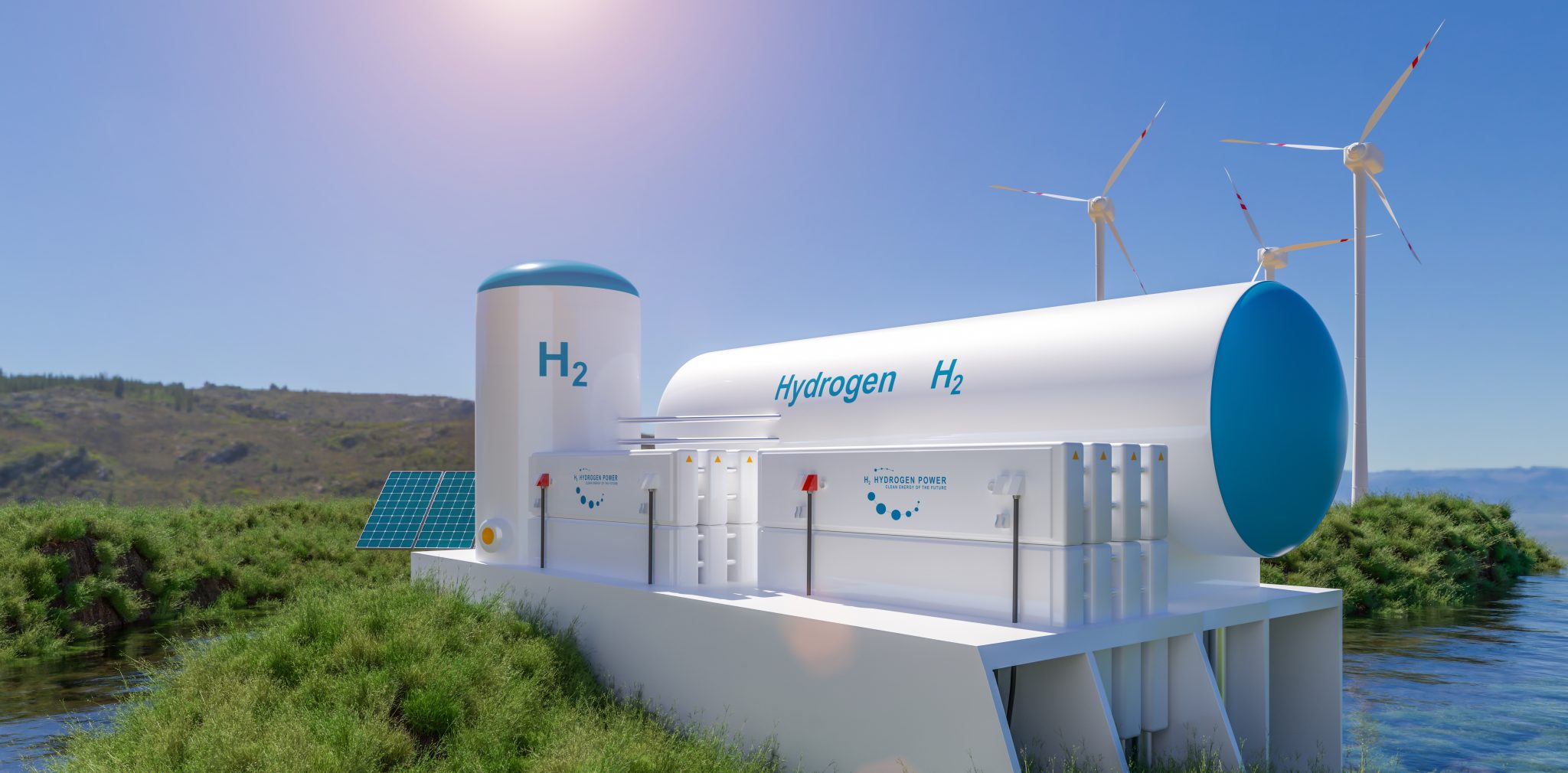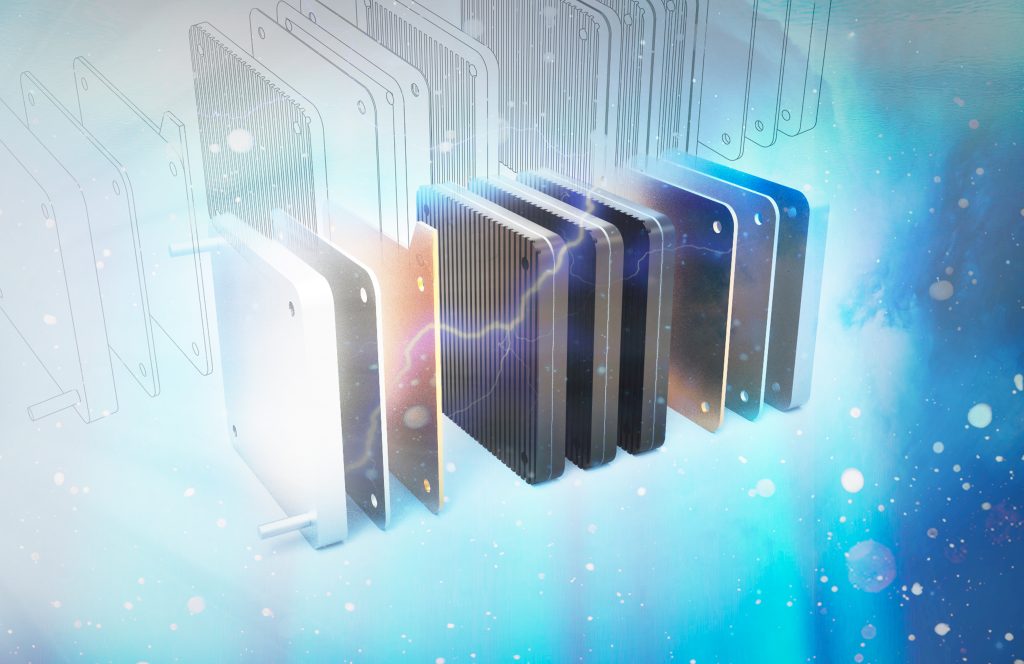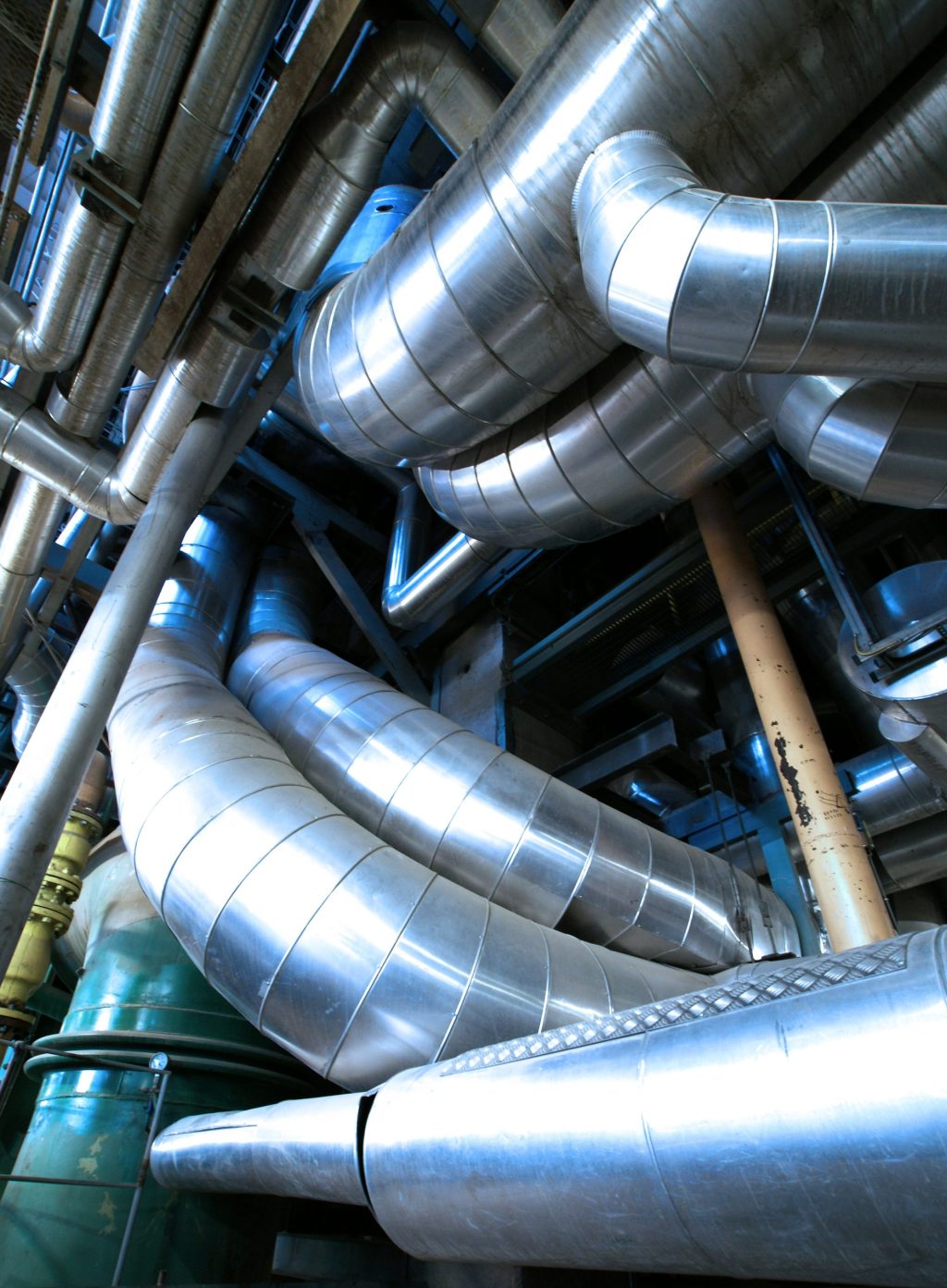Ehawedry
Energy harvesting via wetting/drying cycles with nanoporous electrodes

Why Ehawedry
Huge amounts of energy are wasted as low grade heat during conversion, transportation and end use. While several
technologies can convert heat into electricity, none of them is cost-effective for the conversion of low-grade
waste heat. EHAWEDRY proposes a radically new concept for converting low grade waste heat into electricity.
EHAWEDRY will couple charging/discharging cycles of electrochemical super-capacitors with the drying/wetting
of their nanoporous electrodes, exploiting the proportionality of the capacitor capacity to its electrode/electrolyte
contact area. Previous attempts to couple charging/discharging cycles with changes in the electrode/electrolyte contact
area aimed at harvesting the mechanical energy used to drive the change in the contact area. The power generated
by these mechanical energy harvesters is relatively low, mainly because they have to use smooth capacitor plates
(electrodes) to avoid generating too large capillary forces counteracting the harvested displacement. EHAWEDRY
proposes a paradigm shift from the energy harvesting strategies previously used. Instead of mechanically changing the
electrode/electrolyte contact area by displacing smooth electrodes, EHAWEDRY will change the electrode/electrolyte
contact area by modifying the electrolyte level within nanoporous electrodes through drying/wetting cycles. The use
of nanoporous electrodes will increase by many orders of magnitude the electrode/electrolyte contact area, which will
translate into several orders of magnitude larger amounts of harvestable energy per cycle. Via pioneering fundamental
research, EHAWEDRY targets the generation of a harvester prototype that reaches a volumetric power densities of the
order of 10 kW/m3, comparable to established waste heat recovery technologies such as Rankine cycle engines, but
with advantages in terms of cost, design flexibility, scalability and potential for the cost-effective harvesting of low
grade waste heat without upgrading.

Expected impact
Scientific contribution: EHAWEDRY proposes a novel strategy to convert heat into electricity based on a smart coupling of electrode drying/wetting cycles with a periodical charge/discharge of a super-capacitor. There are no previous studies on the effect of drying porous electrodes probably because of lack of application vision. The closest related research is on the influence of applied voltage on the water condensation from humid air in electrowettingon-dielectrics arrangements. Such condensed water contains very low ion concentrations, which makes a large difference especially in the reversed process, water evaporation. EHAWEDRY will address theoretically and experimentally the unexplored issue of counterion dynamics (primarily in the dense parts of EDL) in the receding menisci during evaporation. These studies will also contribute to improved understanding of EDL dynamics in a number of colloidal processes such as coagulation, electrophoresis, diffusion-phoresis, etc. The proposed R&D program will also advance to a new level the understanding of “cavitation” processes inside (nano)porous media provoked by negative pressures.
Technological contribution: The EHAWEDRY project will develop the first cost effective technology to generate electricity from low-grade waste heat with high power densities (∼ 15 kW/m3). Currently there is no cost-effective technology to recover energy lost in the form of low-grade heat and convert it to electricity. EHAWEDRY will demonstrate that the use of heat to directly or indirectly (through dry air) evaporate an electrolyte solvent triggering an increase of charge density at the porous electrodes of a super-capacitor is a suitable strategy to harvest waste heat.
This technology can be used to improve efficiency of current domestic and industrial processes, to power autonomous systems and even for medium-scale electricity generation.
